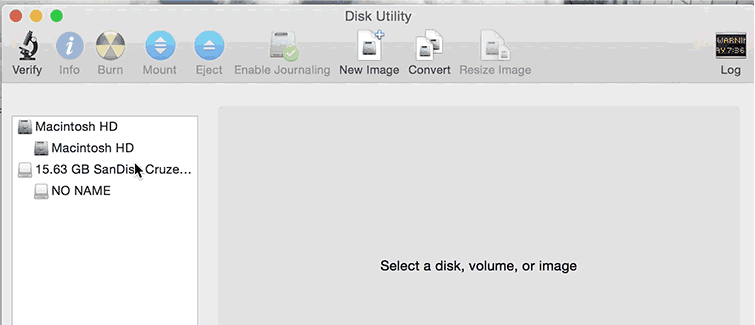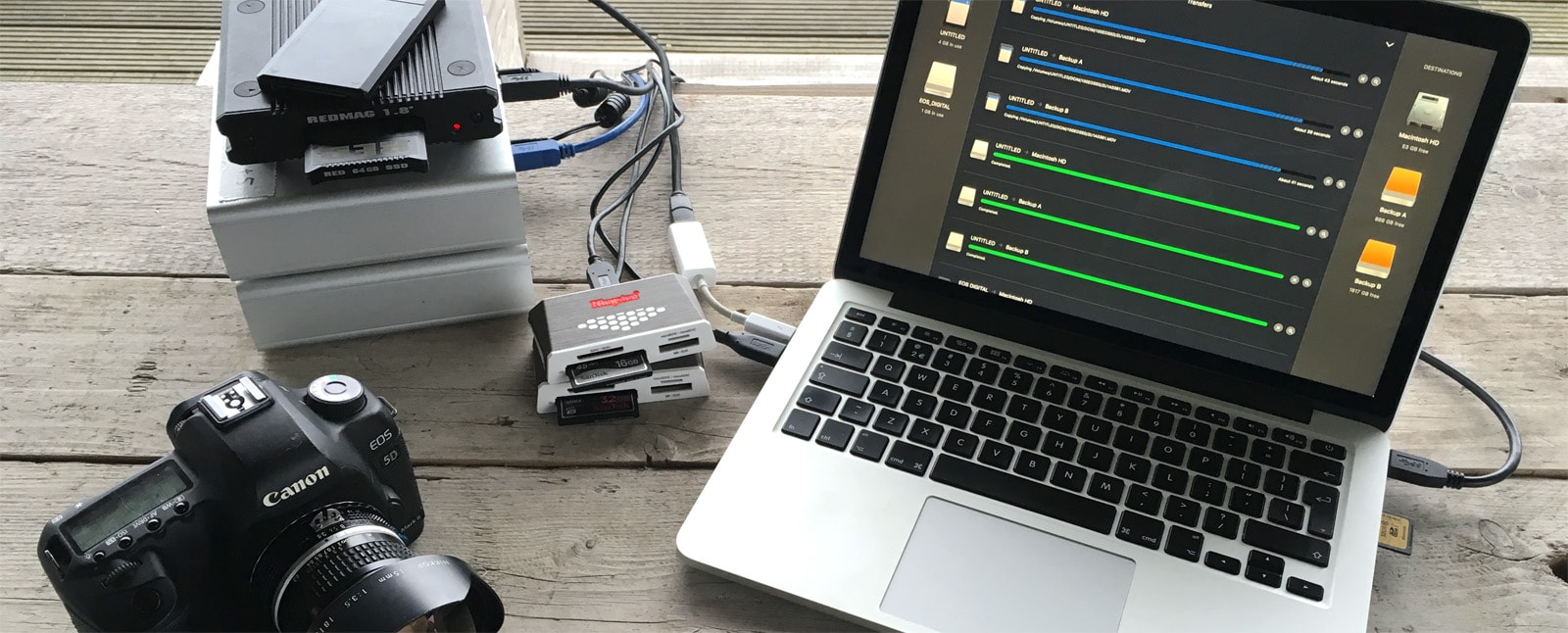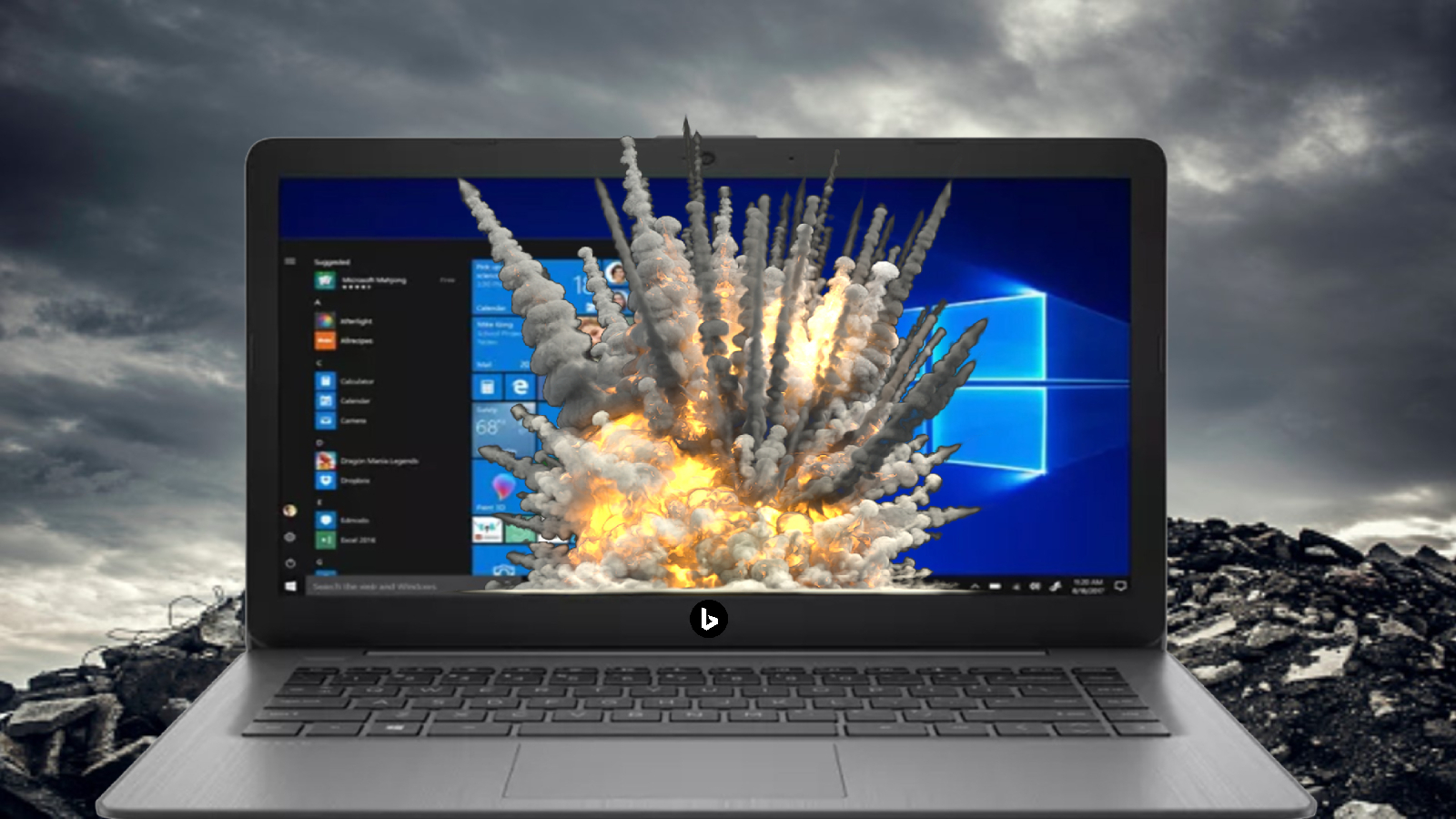

- #HARD DISK FORMAT FOR MAC AND WINDOWS HOW TO#
- #HARD DISK FORMAT FOR MAC AND WINDOWS MAC OSX#
- #HARD DISK FORMAT FOR MAC AND WINDOWS MAC OS#
- #HARD DISK FORMAT FOR MAC AND WINDOWS UPDATE#
- #HARD DISK FORMAT FOR MAC AND WINDOWS WINDOWS#
Luckily, there are third-party tools to help you do so. NTFS: As the default file system in Windows, it can only read by Mac OS, writing to it is not available.
#HARD DISK FORMAT FOR MAC AND WINDOWS WINDOWS#
Nevertheless, this older file system is limited to no more than 4GB and there might be security issue and disk errors.ĮxFAT: It is similar to ExFAT which can be read by both Windows and Mac, but it can store more than 4GB files. It enables you to regularly share files with your friends who own a PC. MS-DOS FAT (aka FAT32): In addition to Mac, it can also be written and read by Linux and Windows.

You can encrypt it so that no one can access the contents on your drive.
#HARD DISK FORMAT FOR MAC AND WINDOWS MAC OS#
Mac OS Extended (encrypted) would be an ideal option if you probably carry your laptop or external drive here and there.
#HARD DISK FORMAT FOR MAC AND WINDOWS UPDATE#
Mac OS Extended (Journaled/HFS+): If you didn't update your Mac OS to High Sierra, the default file system on your Mac shoule be Mac OS Extended. What's more, it is compatible with SSD and flash storage devices only. However, it won't be readable and usable on machines that are not running Mac High Sierra, and Windows or Linux PCs. Architecture design for mac.ĪPFS: This is the default file system in Macs with High Sierra. Which one is right for your circumstance? We'll describe them here, you'll know your choice after reading the details. There are a few file formats you can use, but it depends on the purpose you want to use the drive for. The most important, you should decide which format to use. Part 1: Which File Format You Should Choose?īefore you begin formatting the drive, there are a few things to do. Keep in mind that a MAC can generally read other file formats, but for the best performance and to create a bootable disk, formatting exclusively for MAC is required. In a few simple steps you are ready to go and can save your back-up files to the external drive, keeping your information safe and giving you peace of mind.
#HARD DISK FORMAT FOR MAC AND WINDOWS MAC OSX#
Reformatting an external hard drive for use with Mac OSX is not as difficult as it might seem.
#HARD DISK FORMAT FOR MAC AND WINDOWS HOW TO#
Hopefully you now know which options above to pick from the list of best formats for external hard drives, which can save your bacon when making the wrong choice can lead to a situation where an external disk just won’t plug-and-play.Bonus: How to Recover Data from Formatted External Hard Drive on Mac Picking the wrong one can turn into a real pain when you have to backup and reformat an entire drive because it won’t work for its intended purpose. Picking a format for your external drive can be pretty confusing. In fact, most devices have an internal SD card formatting routine, so we recommend you simply let the intended device format the card. exFAT is still a good choice if your DSLR (for example) supports it, but follow the manufacturer’s recommendation. With SD cards, your choice should be entirely driven by which formats the devices you use support. However, that’s set to change in the future. Of course, if you’re also going to use your thumb drive on your current Linux machine, exFAT won’t work at the time of writing. Especially if you also want to use your thumb drive with iPads, iPhones and Macs.įAT32 is a fallback if you want to use your thumb drive with older devices that don’t support exFAT. Which means you may want to use large files, such as HD video files, on your thumb drive. With the fairly cheap yet large flash drives we have today, there’s some overlap in the use cases for thumb drives and external hard drives. SD cards and USB thumb drives are still an important part of our digital lives, so which formats should you pick? The choice for the best format for external hard drives involves different considerations compared to other forms of external storage. Unfortunately, Linux does not yet have support for exFAT, but that is reportedly set to change with the release of Kernel 5.4.


The most compatible option is FAT32, but as we mentioned above it has a hard 4GB limit on file sizes. However, Linux supports NTFS, which makes for a decent go-between if you have both Windows and Linux machines. Linux has its own proprietary EXT formats and if you are only going to use your external drive with a Linux machine, you can safely go ahead and pick that format. Linux distributions such as Ubuntu Linux are becoming more popular by the day, but are still relatively niche overall.


 0 kommentar(er)
0 kommentar(er)
